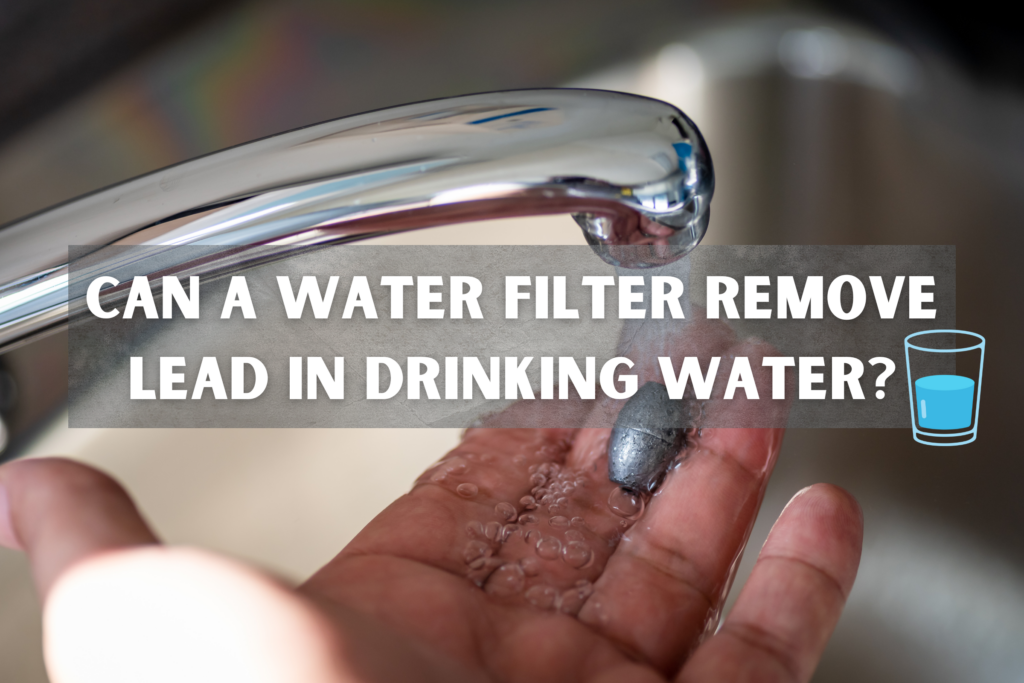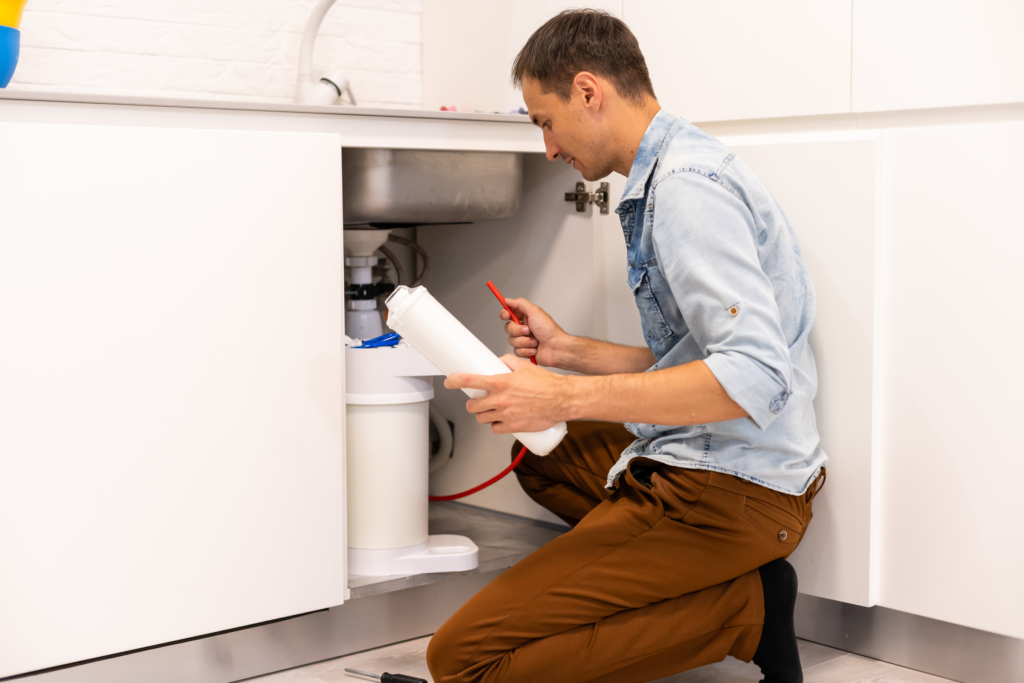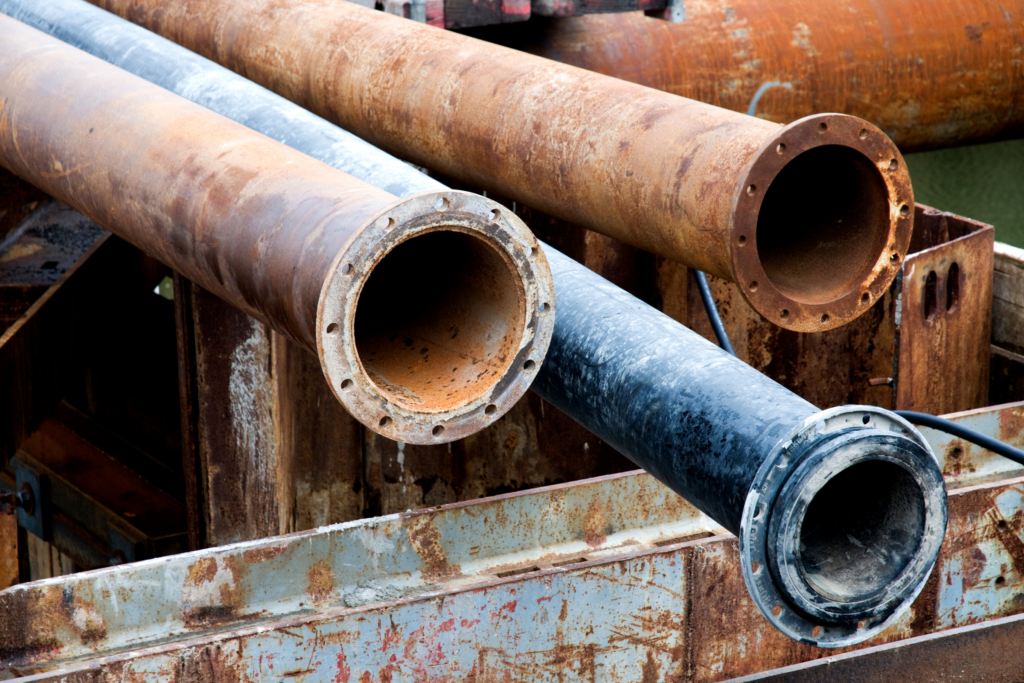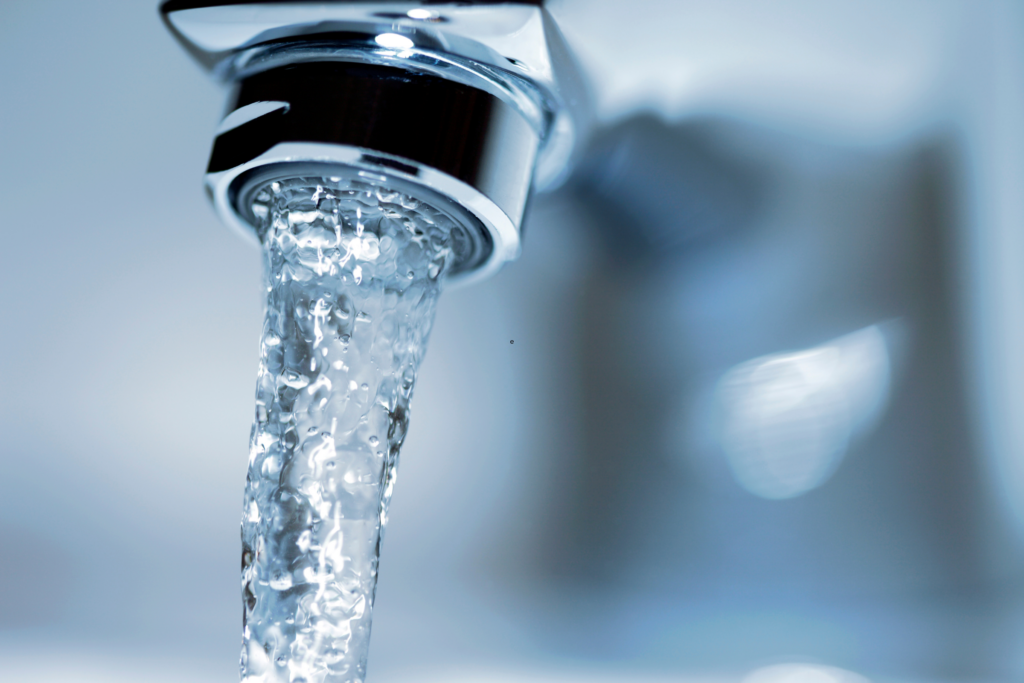Can a Water Filter Remove Lead in Drinking Water? +9 Reliable Brands
Both the EPA and CDC agree that lead is not good for children and adults. Homeowners should, therefore, take necessary precautions to ensure their drinking water is not contaminated. It is a fact that lead is one of the most common contaminants in home drinking water. So, what can you do to deal with this problem? Can a water filter remove lead in drinking water?
A water filter can remove lead in drinking water, provided that you use the correct one. Most faucet-mounted filters, water pitchers, under-sink filters, countertop filters, or even fridge filters will remove lead from your domestic water. However, the filters need to be NSF-certified for lead removal because not all water filters are made equal.
Read on to learn more about why lead in your water is a problem, how it got there, and what kind of filter you need to take care of it.

How to know if your water filter can remove lead in water
The city of Newark was recently hit hard by lead contamination. This led to the EPA advising all residents to desist from drinking tap water and instead drink bottled water provided by the city.
However, this solution proved to be unsustainable as it was discovered that some of the bottled water had already expired. Residents were therefore forced to turn to filtering their drinking water. Unfortunately, some of the residents learned the hard way that not all filters are created equal.
This was after the EPA did some random tests and found some homes that had installed water filters, yet the lead contamination hadn’t subsided.
It is always best to learn from the mistakes of others instead of waiting to learn from your own when shopping for a water filtration system to deal with your lead contamination problem, make sure you get one that is well-equipped for the task at hand.
Will my water filter remove lead in water?
Well, there are some organizations that are mandated to set standards for the certification of water filters.
One such organization is the National Sanitation Foundation which is accredited both by the American National Standards Institute (ANSI) as well as the Standards Council of Canada (SCC). Only certain water filters remove lead in drinking water, so you want to get a water filter that has been certified by the NSF to deal with lead contamination in water.
Here is a table with all the companies that are NSF-certified to manufacture water filters for lead removal.
| Company Name | Filter Type | NSF certified for Lead removal |
| Kaz USA Inc. | Faucet mounted filters | Yes |
| Mesofilter Inc. | Water pitcher filters | Yes |
| 3M Purification Inc. | Under sink filters | Yes |
| 3M purification Inc. | Reverse osmosis filters | Yes |
| A.O Smith Corp | Countertop manual filters | Yes |
| Access Business Group | Countertop connected to sink filters | Yes |
| A.O Smith Corp | Refrigerator filters | Yes |
| Cocotree HK LTD | After-market refrigerator filters | Yes |
| Altwell Tech Inc. | Integrated refrigerator filters | Yes |
In addition to getting the right water filter, it is equally important to install it properly.
While faucet-mounted filters are cheap to buy, installation requires a methodical approach that could easily go awry. In fact, people who have poor motor function in their hands or those suffering from arthritis shouldn’t attempt to install the water filter on their own because chances are, they will do it wrong.
Additionally, some of the filters may not automatically fit in your faucet and would, therefore, need some kind of adapter. Use the wrong adapter or install it improperly, and you will leave room for some of the water to pass into your drinking glass unfiltered.
To avoid all these, make sure you read the manual and follow all the steps provided by the manufacturer. Alternatively, get a skilled contractor to install it for you.

How did lead get into your drinking water in the first place?
Lead contamination is purely a man-made problem because it doesn’t naturally exist in water.
Most of the lead in drinking water comes from old plumbing and solder. Almost all the plumbing that was done in the 20th century was done by lead pipes, and that has created a ticking time bomb. Even if you live in a home that doesn’t have lead pipes, there is a very high chance that you have some chrome-plated or brass faucets connected to iron pipes or some other material that was soldered by lead.
To address this issue, the EPA requires all water utilities to test for lead contamination and take some corrective measures if the contamination exceeds 15 parts per billion.
Lead typically enters your drinking water whenever a chemical reaction (referred to as corrosion) takes place in plumbing with some lead. While this corrosion is bound to happen over time, the situation exacerbates if the water has high acidity or if it has low mineral content.
The factors that affect how much lead enters the water as a result of corrosion include:
- The temperature of the water
- The acidity of the water
- Whether or not the plumbing has protective coatings
- The presence of minerals in the water
- How much time the water spends in the pipes

What are the health effects of lead in drinking water?
The Safe Drinking Water Act empowers the EPA to establish the level of contaminants that can be allowed in drinking water without causing any health effects. These levels are referred to as maximum contaminant level goals (MCLGs). Because lead is a highly toxic metal, the MCLG has been set at zero.
Children, infants, and even fetuses are especially susceptible to the physical effects of lead contamination in water. An amount of lead that would have no effect on an adult can adversely affect the young ones.
Low levels of lead exposure in children have been linked to some serious health issues including:
- Learning disabilities
- Impaired hearing
- Short stature
- Damaged central nervous system
- Even impairment in the formation of blood cells
One of the things that makes lead dangerous is its persistence as it can accumulate in the body over time and eventually cause serious health issues. This makes it very dangerous even at seemingly negligible levels.
According to the CDC, the symptoms of lead can actually occur slowly over time, which is probably why it is often overlooked until it advances to fatal levels. As lead continues to build up in adults, it can result in anemia, brain damage, kidney failure, and even death.
Additionally, long exposure to lead can open the door for other opportunistic conditions like high blood pressure, kidney diseases, infertility or reduced fertility, and heart disease. Some of the symptoms of prolonged exposure to lead include:
- Depression
- Constipation
- Forgetfulness
- Abdominal pain
- Being easily distracted
- Irritability
- Nauseous

How To know if your drinking water is contaminated with lead?
You can neither see nor smell lead in water. Not to worry though, there are two methods that you can use to know for sure if your water is contaminated with lead:
- Checking the consumer confidence report
- Testing your water
Check the consumer confidence report
The EPA expects any community water system to prepare an annual consumer confidence report (CCR). Just get in touch with your water utility and ask them for the latest CCR and they should send you a copy. However, this is only possible if you are connected to a public water supply system. For private well owners, use the second method.
Test your water
Testing your water for lead is the surest way of knowing if you have lead contamination.
Get a list of the certified labs in your area from the state or local drinking water authorities. Depending on your location and lab of choice, the test will cost anything from $20 to $100. It might also be helpful to ask your water supplier for further details, e.g., if or not you have lead pipes.
Alternatively, you can test the water yourself by purchasing a DIY water analysis kit. These are usually pretty affordable (less than $35). Here is a link to one that I really like.
I love this kit because it can test for at least 10 different contaminants, including lead, pesticides, iron, copper, nitrates and nitrites, chlorine, and bacteria.

What to do if my drinking water has lead?
If you have ascertained or are just suspicious that your water is contaminated with lead, it is important to take some precautionary measures to safeguard your family.
Here are some important steps to take:
- Install a water filter
- Flush your water
- Use bottled water
Install a water filter
So, can a water filter remove lead in drinking water? As we have already established, a lead filter can remove lead in water, as long as you get the right one and install it correctly. You have lots of options and the only important consideration is to ensure the water filter you settle for has been certified by an independent testing body (preferably the NSF).
When installing the filter, read the directions carefully and make sure to install it the correct way. Also, adhere to the instructions for replacing your cartridge. Failure to replace the cartridge in time will render the water filter ineffective in removing lead from your drinking water.
Also, avoid passing hot water through your filter.
Flush your water
Lead contamination in water gets worse when water stays in the pipes for too long. You can reduce the exposure to lead by flushing your water, especially if the water has been in the pipes for over 6 hours.
When drinking water from your faucets, run the faucet on cold for at least 2 minutes. Additionally, only drink or cook with water from the cold tap. Tap hot or even warm water will have higher lead contamination and no, boiling it will not remove the lead.

Use bottled water
Even though drinking EPA-regulated tap water is almost always safer than bottled water, you might want to stop drinking tap water as soon as you discover a lead problem – at least until you have dealt with the issue by installing a water filter.
Bottled water should only be a temporary solution as you get a water filter installed because filtered water is more sustainable.
Summary of Can a water filter remove lead in drinking water?
Can a water filter remove lead in drinking water? The answer, we hope, is clear by now — yes. There are specific filters made by a select list of companies that are NSF-certified and whose water filters remove lead from drinking water.
If you see the tell-tale signs of lead in your water you ought to ensure you purchase one of these filters for your own long-term health as well as that of your family.
How does lead end up in drinking water?
Most lead that ends up in drinking water comes from lead pipes which were commonly used in the 20th century. Over time as these pipes corrode, they end up leaking into the water supply causing contamination.
How can I determine if my water filter is certified to remove lead?
The National Sanitation Foundation certifies water filters to ensure their ability to remove lead from drinking water.
How often should I replace my water filter to maintain lead-free water?
The answer to this depends on the type of filter you have and how frequently you clean it. Be sure to reference your filter’s manual to be certain.
Let Us Know How We’re Doing!
Did this expertly prepared resource answer your question?
Do you have another question about home maintenance, home improvement projects, home appliance repair, or something else?
Get more information, send in questions and keep the discussion going by contacting the I’ll Just Fix It Myself company customer service team at at 1-800-928-1490 or Email us at [email protected]
